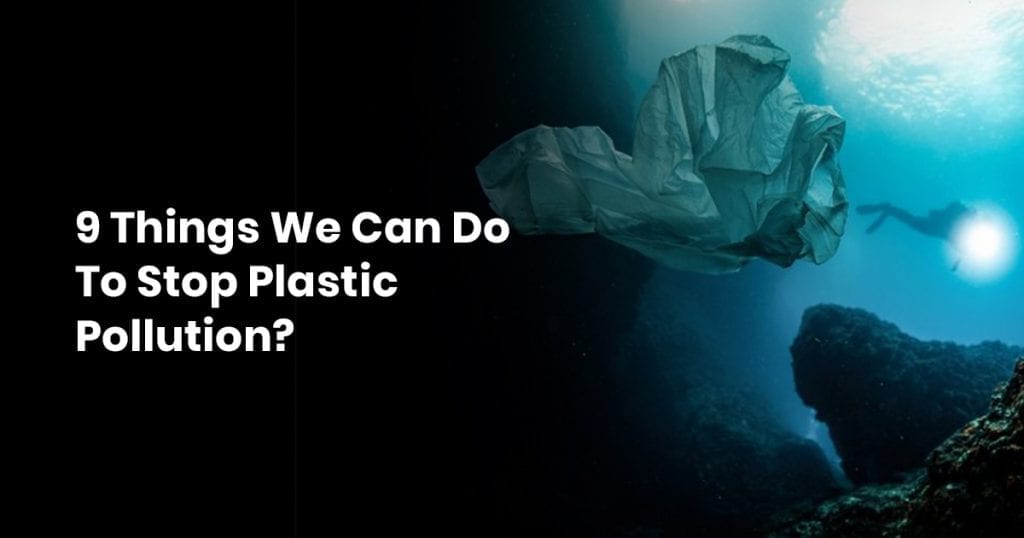Pollution isn’t slowing down. In fact, it’s getting worse every single day, and it’s getting harder to combat the overwhelming effects on our planet.
Stopping pollution begins on an individual level, which in turn will rise to a collective level, provided enough of us change our habits for the better.
If you’d like to see a graphical breakdown on how to stop plastic pollution, we got you covered:

Contents
- 1 How Can We Stop Plastic Pollution?
- 1.1 1. Use Biodegradable Items
- 1.2 2. Go Reusable
- 1.3 3. Start Cloth Diapering
- 1.4 4. Get a Stainless Steel Straw
- 1.5 5. Ditch Grocery Store Plastic Bags
- 1.6 6. Start Cooking at Home
- 1.7 7. Pay Attention to Your Skincare Products
- 1.8 8. Put Your Money Where Your Mouth Is
- 1.9 9. Support Ocean Cleanup Companies
How Can We Stop Plastic Pollution?
Let’s discuss some of the biggest ways that we’re polluting the earth every single day, and ways to prevent further damage.
1. Use Biodegradable Items
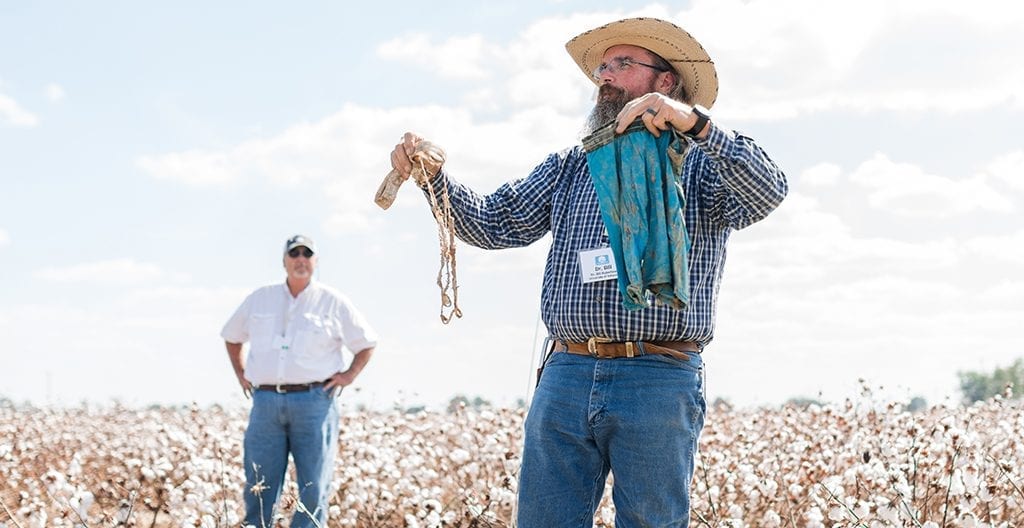
Not to be confused with eco-friendly items.
Eco-friendly products are better for the environment, but biodegradable products are great for the environment.
And you can see you Google biodegradable definition:
Biodegradable means that it’s made with enough organic compounds and botanicals that the item in question will degrade in a short period of time, and imbue into nature without causing devastating harm.
Switching to biodegradable products can be a little bit more expensive than the products we use now, but that’s the catch—big companies have mastered cheap manufacturing, they just also happen to be the worst things you can imagine for our environment.
Find some green companies that can replace most of the single-use items in your home.
2. Go Reusable
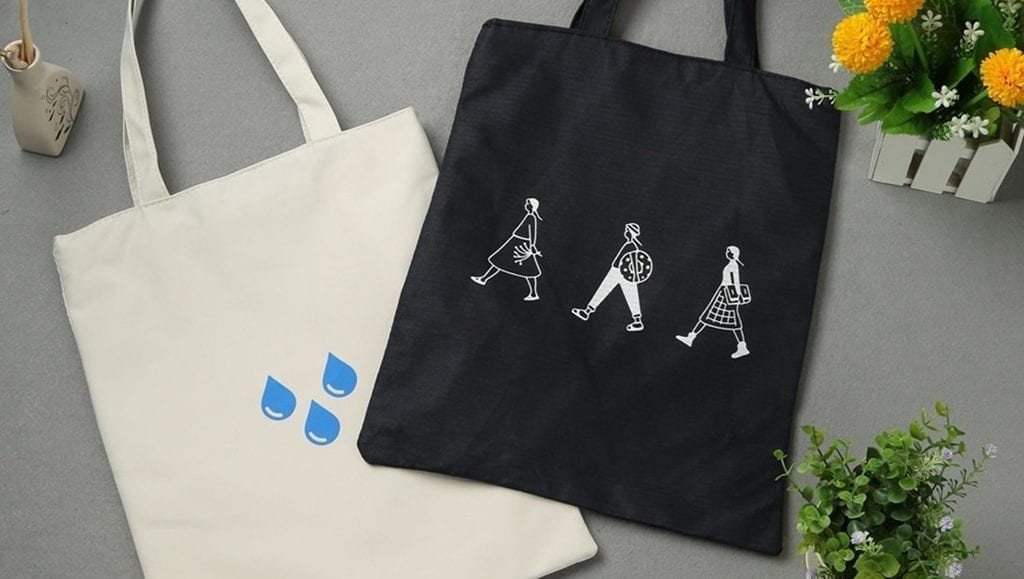
While we’re on subject of single-use items, stop using them altogether.
Single-use plastic items are literally killing the ocean, creating dead zones as BPA and lead bleed into the waters, and blocking sunlight from creating algae and assisting marine life.
It’s estimated that there are more than five trillion pieces of garbage in the ocean right now, and that number is rapidly expanding as plastics (and styrofoam for that matter) dominate the marketplace in the form of single-use items.
You can either purchase reusable steel, ceramic, and porcelain containers instead of using plastic, or you can even reuse glass bottles my giving them a clean on a constant basis to replace water bottles.
Anything you can do to reduce will help, and getting reusable items is the best way to do that.
It’s a long-term solution, but with short-term benefits as well, such as saving money on purchasing single-use plastics, and minimizing your waste (cost of bags, trash removal, etc.).
3. Start Cloth Diapering
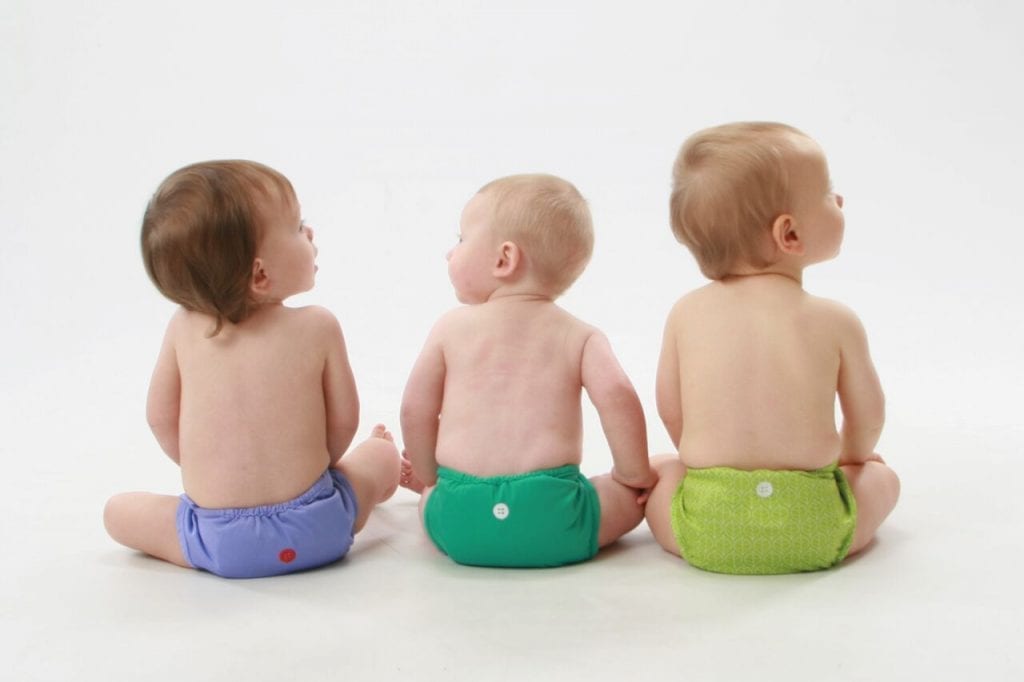
Diapers are one of the worst things for the environment.
In case you were wondering, they’re mostly made up of plastics, but they’re just designed for more comfort than most.
There might be some cotton included for support and extra cushioning, but most diapers are made up of a ton of plastics.
Even though you might not be using diapers for a longer period of time, the average three-year range that it takes for a child to become potty trained means that you’ll be tossing nearly 10,000 diapers into landfills (and oceans).
If you tried to picture 10,000 diapers around you right now, it would make your head spin. It’s a lot of waste for one single person.
Cloth diapers don’t contribute nearly as much to the environmental dread as synthetics do, and can even save your up to 85% of your toddler’s would-be single-use diaper cost.
You’re still washing waste down the drain, but it’s something that we can at least process, whereas these plastic diapers are just ending up in landfills to rot for the next millennium.
One final note on diapers is that they contain SAP.
No, not tree sap, super absorbent polymer, which is poisonous to wildlife, marine life, and even humans. It’s petroleum that consumes liquid and expands, but it doesn’t stay together.
If you’ve ever accidentally had a diaper go through the wash, you’ll know exactly how much of a mess SAP can make.
4. Get a Stainless Steel Straw
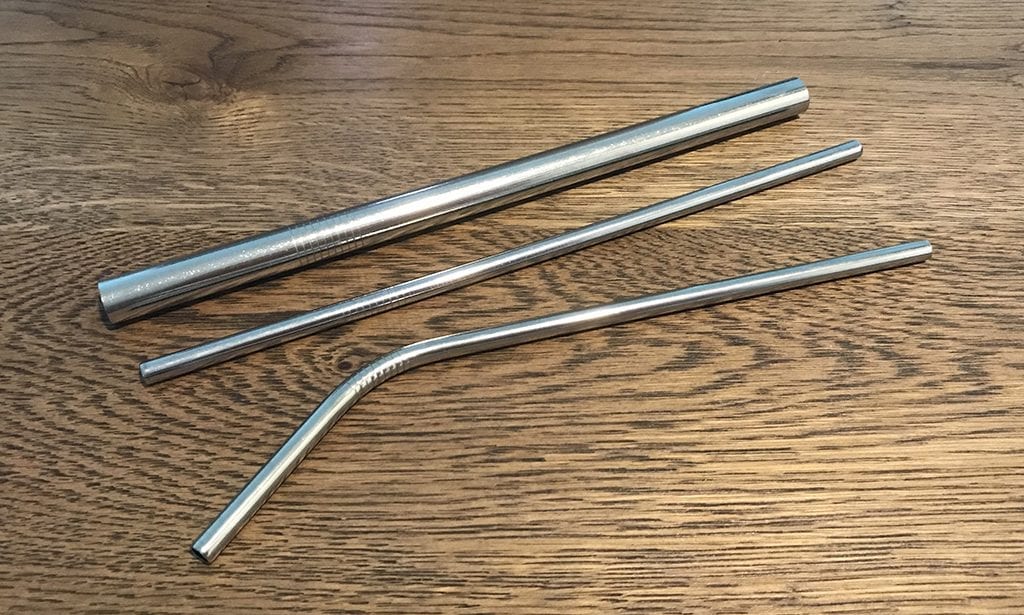
In a sense, the 2018 straw bans that went into effect were ridiculous, but showed us something: cutting down on disposable straws is a good thing.
Companies and restaurant chains tried to help the issue by making built-in straws in the lids of their drink cups, but that actually meant they were using more plastic than the straws were made with, and raising the prices of their drinks based on the cup costs.
Who really wins here? Nobody.
However, bringing your own stainless steel straw does make a difference.
If you get a coffee or smoothie during your lunch break five days a week, that’s 260 straws that you’re using per year when you could be using reusable coffee filters instead.
That’s 260 different bits of plastic that could be floating in the ocean right now.
Stainless steel straws are non-toxic, transmit heat and cold better than plastic (and without releasing BPA or other harmful chemicals into your beverage), and can be cleaned extremely easily.
500 million straws are used and discarded each year around the globe; let’s bring that number down.
5. Ditch Grocery Store Plastic Bags
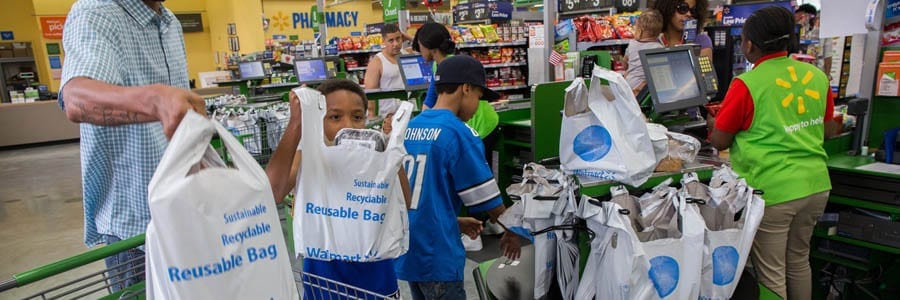
One trillion plastic bags are manufactured every single year, and there’s more than one good reason to switch to reusable grocery store bags, and skip plastic.
First and foremost, those are one trillion bits of plastic that could be in our oceans (and there are currently five trillion pieces of plastic in there already).
That’s a pretty good reason to stop using plastic bags, but it goes beyond just grabbing them at the store and throwing them in the trash barrel at home.
The manufacturing costs of creating these bags are astronomical. It’s difficult to even process the amount of fuel that has to be burned every single year to produce that many bags.
We’re using more plastic than ever before, and the way that it’s created is sending carcinogens and toxins into the atmosphere at an alarming rate.
That’s before the bags get put in trucks to be driven hundreds of miles to distribution centers, which major brands like Walmart and Giant Foods use their own internal distribution services to then transport them to individual stores.
It’s a long chain of damage to the environment that ends with… more damage to the environment. It’s such a backwards concept.
Cloth bags also hold more weight, last for up to a decade with proper care, and don’t tear on you when you’re trying to bring things in the house.
Virtually everything about reusable cloth grocery bags are fantastic, and they don’t cost an arm and a leg to acquire.
No more bringing fifteen bags in on one arm—grab two stuffed cloth bags in, one in each hand, and minimize the trips out to the car.
6. Start Cooking at Home

The food industry in America is massive, yet they’re all still poised with the harsh numbers that a vast majority of restaurants and food shops don’t make it past their first year.
In order to cut costs, they stick with styrofoam and plastic containers since they’re cheap to make. Each time you get delivery or go to a drive-thru, you’re adding plastic and styrofoam to the environment.
Cook at home more often.
Use stainless steel cookware and utensils, porcelain bowls and plates, and metal silverware that you will wash afterwards with a conservative amount of water.
While most people stick to the mentality of, “If I don’t order food in plastic containers, someone else will,” that’s not a helpful mindset for the environment and cutting down on plastic use.
Regardless of what the rest of the world is doing, you didn’t eat out of a styrofoam container today, so you didn’t put more garbage in the landfill.
Get enough people together that think and act this way, and that’s when you start seeing change.
7. Pay Attention to Your Skincare Products
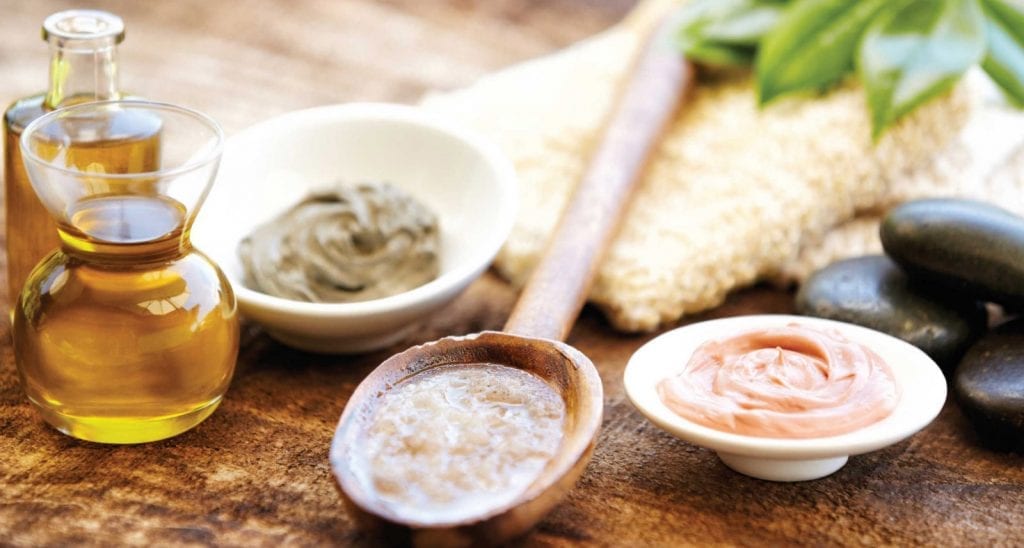
There’s a lot of plastic in skincare and personal hygiene products.
Microbeads, toothpaste, as well as conditioner. If you’re wondering how they slipped plastic into shampoos and conditioners, just look at the bottle for anything that begins with poly.
Poly means polymer, and there are two types: naturally occuring polymers, and synthetics.
As you might have imagined, synthetic polymers are plastics, which are what you don’t want to find in anything remotely used for personal care.
They wash down the drain, and are very difficult to pick up when that sewage passes through water processing facilities.
To clarify things, not every polymer in the world is bad.
Naturally occuring polymers are biodegradable, more or less, such as what you would see in cotton, silk, wood, leather, and wool.
It turns out that you have a ton of polymer products in your home, but it’s the synthetic ones that are bad.
The reason for this is that polymers are extremely difficult to break down.
Even in the perfect environment of ample sunlight, proper moisture and intense heat, synthetic polymers can still take a century to break down.
During that time, the process of breaking down begins, slowly bleeding these polymers into the soil and poisoning it.
The same effect happens in the ocean, where the process may be slightly shorter, but even more harmful.
8. Put Your Money Where Your Mouth Is
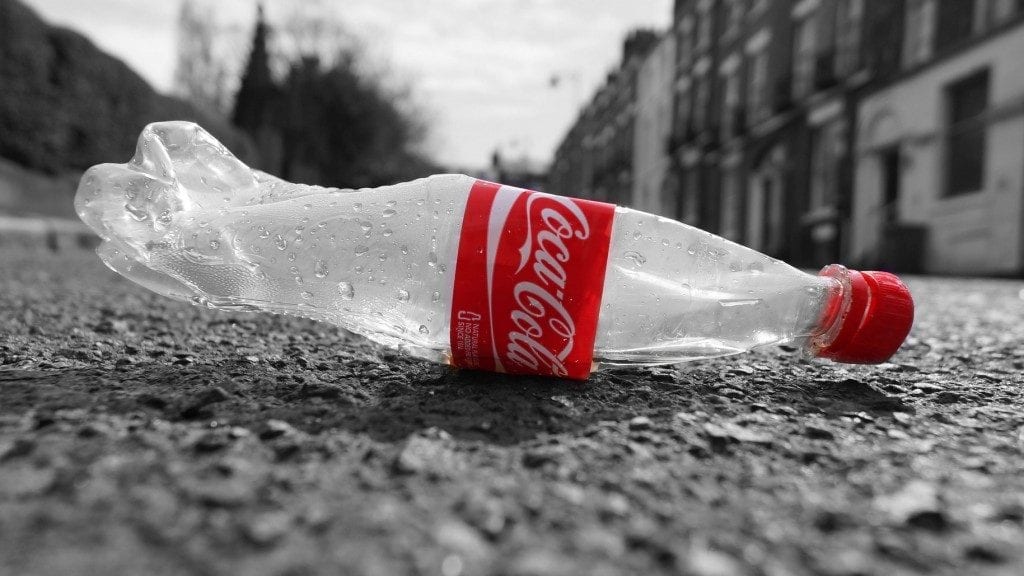
Stop investing in companies that produce massive amounts of plastic waste.
You may not think of it as that, but when you buy Solo cups, you’re investing in Solo: they’re getting profits to create more factories, produce more pollution, and make more plastic cups to meet the demands of their customers.
Any profitable business won’t over produce their primary products if they aren’t selling.
Buy from companies like Seventh Generation, where even the containers are biodegradable.
Buy from Hello Boo, who makes biodegradable toothbrushes (bristles, handles, all of it).
There’s an alternative to single-use plastic giants, you just have to do a bit of research to find the right ones that fit into your lifestyle.
When you invest in those companies, the earth-friendly and eco-conscious brands, they get to grow and in turn reduce plastic waste by introducing more biodegradable alternatives to the market.
9. Support Ocean Cleanup Companies
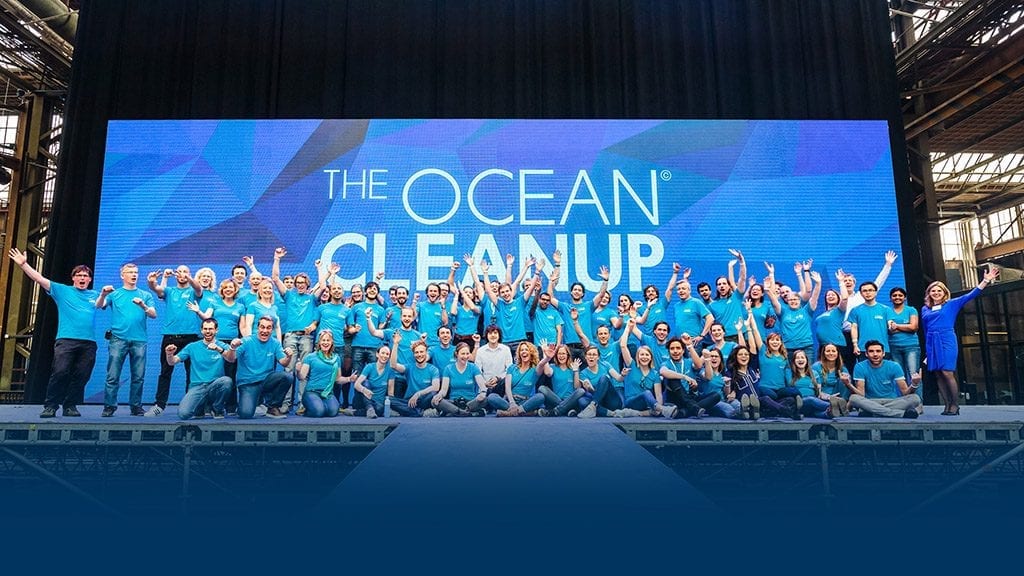
These are people who are shouldering the burden of society, even though nobody asked them to.
Some of them do turn a profit, but that’s merely to expand on their operations to make a larger impact.
One such company is The Ocean Cleanup, which is constantly developing new technology to deal with the increase in plastic pollution in our ocean.
They estimate that there are five trillion pieces of plastic in the ocean, but have the ability to clean up half of the great pacific garbage patch on a rigorously scheduled basis.
You can support them, or companies like 4Ocean, who sell bracelets made out of actual plastic from the ocean.
Proceeds from each of the bracelet sales work to clean up a pound of plastic from the ocean.

